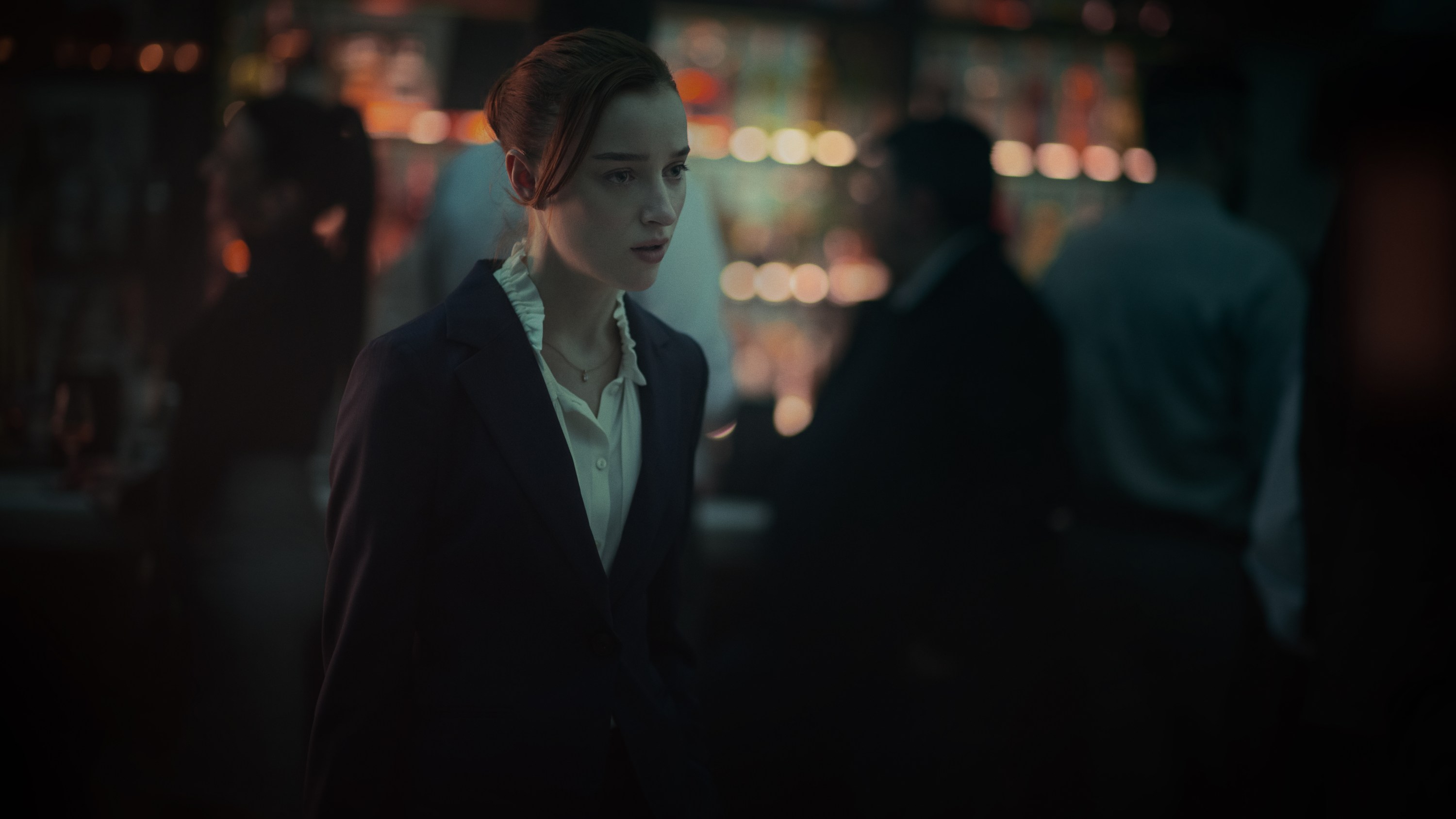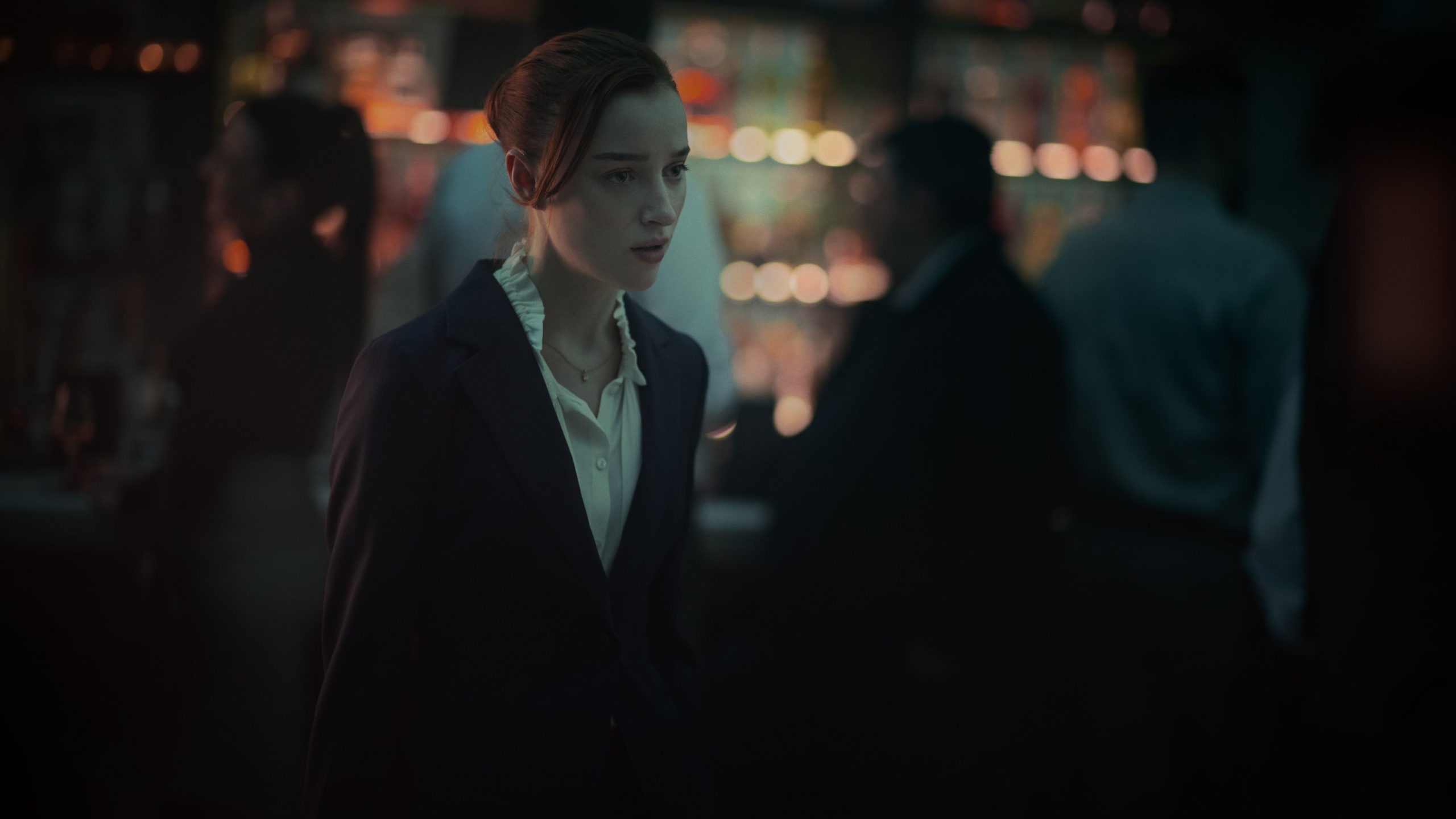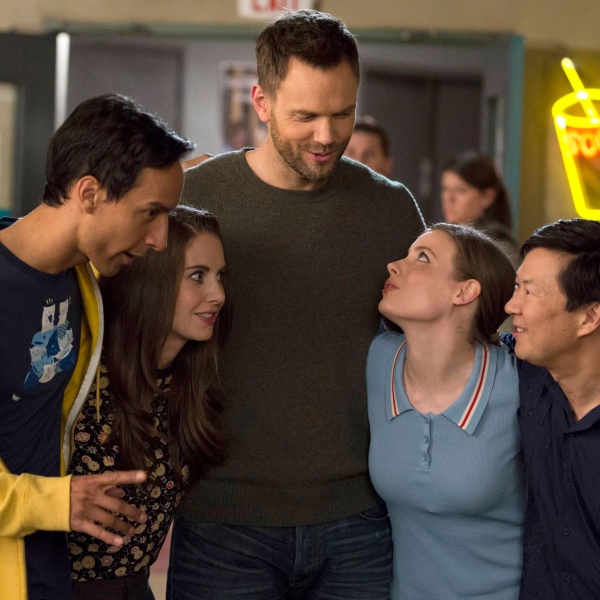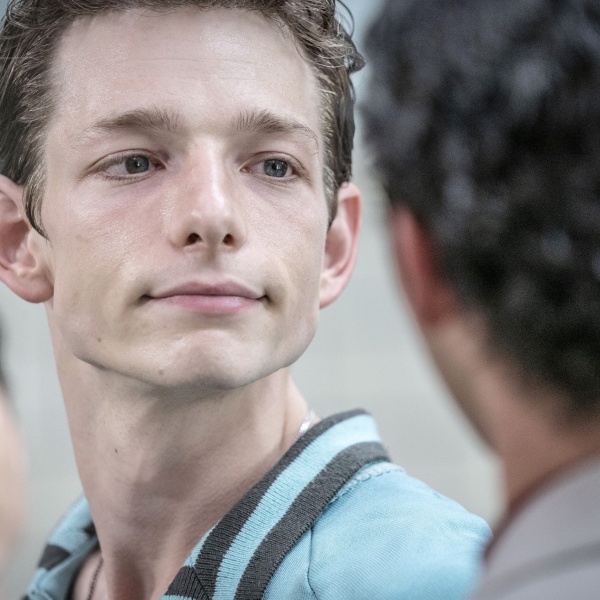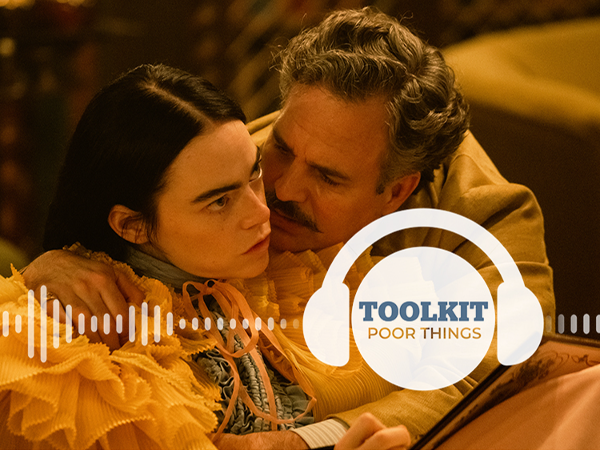From its subtly orchestrated opening scene to its devastating and explosive climax, writer-director Chloe Domont‘s “Fair Play” is one of the most confident and controlled feature debuts in years, a provocative and brainy drama with the propulsive aggression of a classic thriller. As in the best films of Alfred Hitchcock and Claude Chabrol, Domont uses the mechanisms of genre to explore personal and complicated ideas about class, sex, gender, and power; and like those directors, Domont is a master when it comes to marshaling all of the cinematic tools at her disposal to pull it off. “When I was writing the script, I described it as an emotional thriller,” Domont told IndieWire. “The intention was to use genre to shine a light on an emotional terror that I feel is too often normalized.”
Although “Fair Play” contains only a few minutes of overt physical violence, emotional violence is pervasive and relentless. Domont’s tale of hedge fund analysts Emily and Luke (played by Phoebe Dynevor and Alden Ehrenreich) whose relationship takes a dark turn when the woman begins with them seemingly happy — but the way the opening is filmed suggests otherwise. “Even though the film starts lighter and the characters are in love, I wanted to open with a shot that says otherwise,” Domont said. “That something’s a bit off.” The first few minutes of “Fair Play,” which begin with an opening shot of Dynevor expressing her emotional distance from everyone around her and continue with an elaborately choreographed Steadicam move in which her partner leads her through a wedding, expertly establishes several of the script’s core ideas — culminating in an unconventional love scene that’s sweet and disturbing in equal measures. In the video below, she explains how the ending was built into the film from the start.
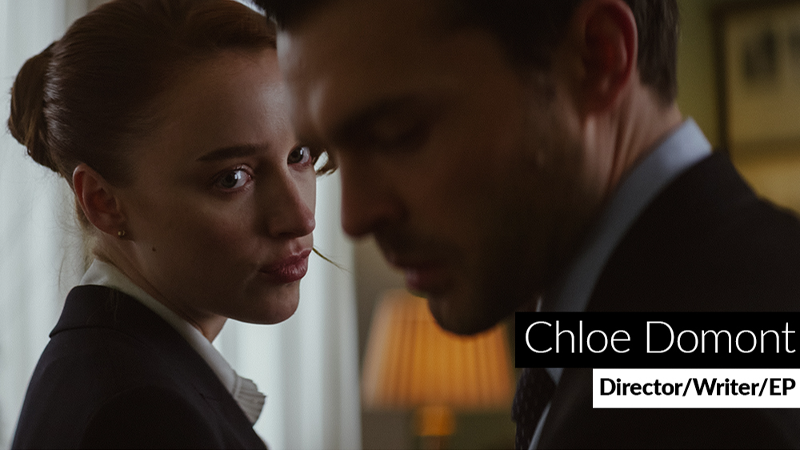
“I wanted to grab the audience by the throat,” Domont said. “I wanted to pull them in in a way that was shocking but amusing, and a little bit absurd.” Domont desire for an arresting opening led to a scene in which Luke performs oral sex on Emily while she’s on her period. While the scene is undeniably startling, it’s not gratuitous — and it also operates on multiple levels, like the film as a whole. The proposal that ends the scene establishes several important plot points that set the rest of the film in motion, and the blood imagery foreshadows the ugliness to come. “But then the really important thing is that you have to fall in love with the characters. I was like, ‘OK, he’s going to go down on her, and it’s going to be the wrong time of the month, and then he’s going to propose to her covered in blood. I really wanted to show that on some level this is a man who’s not threatened by women — how could he be threatened by her if he has her blood on his face?”
But the film progresses and Emily’s successes eclipse Luke’s, his dark side takes over, and the contradictions that Domont establishes in those opening scenes deepen. “I’m here to tackle subject matter that is ugly and dark, but I also want to take audiences on a ride and make it thrilling to watch. I don’t believe that films have to be one or the other — they can be both.” Domont and her producers knew there was a risk in the delicate balance she was trying to achieve, that it would be entirely execution-dependent — a scary prospect for a first-time feature director. Yet Domont was undeterred. “Risk fuels me,” she said.
The chances Domont took weren’t limited to her confrontational characters and themes — the risks even manifested themselves in the physical nature of the production. “This is a New York movie, but we had to shoot in Serbia,” Domont said. “I had a specific vision, and when we got the numbers back in New York it was clear that it would have been an entirely different film.” When Domont told friends she was planning to replicate New York in Serbia, their reactions were far from encouraging. “An Oscar-nominated cinematographer said to me, ‘Chloe, if you shoot this film in Serbia it’s career suicide.’” Domont took a chance on Serbia anyway, and the gamble was integral to the artistic success of “Fair Play,” as it enabled the filmmakers to build two key sets: the apartment where Emily and Luke live and the office in which they work.
By building her sets to precise specifications, Domont was able to use the spaces to increase the sense of tension and claustrophobia already present in her script; she even made the apartment steadily shrink in size throughout the film by bringing the walls in each time the characters returned to it. “Then in terms of the office, I wanted to give it a totally different kind of claustrophobia,” Domont said. “The idea there was, I didn’t want any walls that they could hide behind or doors that they could close because that would give them a moment to actually think about what they’re doing instead of just behaving and acting out. I wanted to create this fishbowl feeling for the office where they’re always in each other’s space. They go from the office to the apartment, back to the office, back to the apartment, and they just can’t escape each other, which is part of what leads to such an explosive final act.”
That final act is heavily dependent on the performances of the two leads, and Domont knew she had to come up with a way of making the actors as comfortable with taking risks as she was. Her solution was careful planning, in which the scenes were broken down into individual components and the sex and violence were treated mechanically, like stunts. “Because we were a low-budget film, we didn’t have the luxury of time,” Domont said. “Sometimes it was like, you literally have one hour and that’s it. So it forces you to prep more and work out all of the kinks ahead of time.” By splitting the scenes up into performance pieces and “stunt” pieces, Domont was able to get everything she needed while protecting her actors. “Making it so technical took the emotional weight off of those scenes and made it easier for the actors to shake it off and go home. Because it’s pretty dark stuff.”
READ MORE CRAFT CONSIDERATIONS



